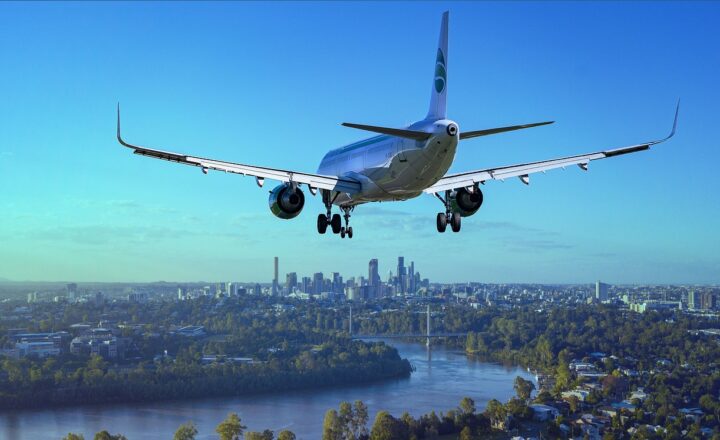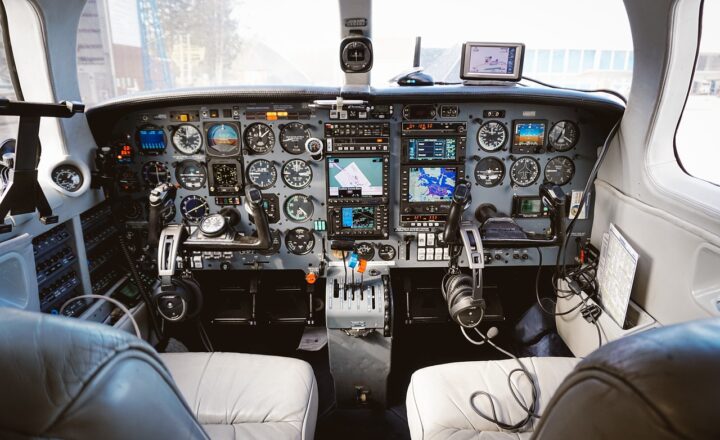
Air travel has revolutionized the way we connect with the world, and the airplanes that have shaped aviation history tell stories of innovation, courage, and resilience. From the early days of flight to the modern marvels soaring through our skies, each iconic aircraft has its own unique narrative that is often overlooked. In this article, we will explore some of the most significant airplanes in history, delving into the fascinating stories behind their designs, missions, and legacies.
1. The Wright Flyer: Birth of Aviation
In December 1903, Orville and Wilbur Wright achieved what many believed was impossible: powered flight. Their creation, the Wright Flyer, was a culmination of years of research and experimentation. With a wingspan of 40 feet and a weight of just over 600 pounds, it was a fragile machine compared to today’s standards. The first flight lasted only 12 seconds and covered 120 feet, but it marked the beginning of a new era in transportation.
**Untold Story**: What many don’t know is that the Wright brothers faced significant skepticism from the scientific community. They wrote letters to prominent scientists, seeking funding and validation for their work, but were met with doubt. However, the brothers persisted and conducted extensive wind tunnel testing, ultimately leading to their historic flight in Kill Devil Hills, North Carolina. Their tenacity in the face of adversity paved the way for future aviation pioneers.
2. The Douglas DC-3: Transforming Commercial Aviation
Introduced in the 1930s, the Douglas DC-3 revolutionized commercial air travel and is often credited with making it accessible to the masses. With a capacity of 21 to 32 passengers and a range of over 1,500 miles, the DC-3 became the first aircraft to turn a profit for commercial airlines.
**Untold Story**: During World War II, many DC-3s were repurposed as military transport planes, known as the C-47 Skytrain. These rugged planes played a crucial role in military logistics, including their famous use in the Normandy invasion. The versatility of the DC-3 is unmatched, and many are still in operation today, a testament to its durability and design.
3. The Concorde: A Supersonic Dream
The Concorde captured the imagination of the world with its sleek design and groundbreaking speed, able to fly from New York to London in just under four hours. First flown in 1969, it was a champion of transatlantic travel, offering passengers an unparalleled experience of luxury and speed.
**Untold Story**: The Concorde’s story is also one of political and social challenges. Its operating costs were astronomical, leading to its rise and fall in commercial viability. Moreover, environmental concerns regarding noise pollution and fuel efficiency plagued its operations, highlighting the clash between innovation and sustainability. Despite its retirement in 2003, the Concorde remains a symbol of human ingenuity.
4. The Lockheed Martin F-22 Raptor: Aerial Superiority
The F-22 Raptor is considered one of the most advanced fighter jets in the world, primarily designed for air superiority missions. With stealth capabilities, supercruise, and unmatched agility, it has changed the landscape of modern aerial warfare since its first flight in 1997.
**Untold Story**: Behind the scenes, the F-22 project was fraught with challenges, including budget overruns and geopolitical debates over military spending. What many don’t realize is the intense competition from rival nations led to a heightened sense of urgency in its development. Its flight capabilities were not only a technological achievement but also reflected the U.S. commitment to maintaining a strategic advantage in global airpower.
5. The Boeing 747: The Queen of the Skies
Since its introduction in 1970, the Boeing 747 has been an icon of commercial aviation, transforming international travel by allowing airlines to transport hundreds of passengers over long distances efficiently. The aircraft’s distinctive humpbacked design is instantly recognizable.
**Untold Story**: The development of the 747 was a gamble for Boeing, who invested heavily in the project during a time when the air travel market was still uncertain. Notably, the aircraft was initially designed for cargo transport, showcasing the dual capacity for passenger service. The 747 not only brought the world closer together, making travel affordable and feasible, but it also served significant humanitarian missions during its operational history.
6. The Airbus A380: Engineering Marvel
Launched in 2005, the Airbus A380 took to the skies as the world’s first full-length double-deck jet airliner. With a capacity of over 500 passengers, it represented a significant leap in aviation engineering and design.
**Untold Story**: The A380’s development was a collaborative effort involving tens of thousands of engineers worldwide. However, its introduction faced unexpected challenges. Rising fuel prices and changing market dynamics resulted in reduced demand, ultimately leading Airbus to announce the cessation of production in 2021. Despite its issues, the A380 remains a spectacular achievement in flying technology, often celebrated for its spacious interiors and luxurious passenger experience.
Conclusion
The stories behind these iconic airplanes reveal not just the technical accomplishments of aviation but also the human spirit of innovation and perseverance. Each aircraft reflects the era in which it was developed, the dreams it fulfilled, and the challenges it faced. As we continue to create and innovate in aviation, the lessons learned from these legends will surely inspire the future of flight.
In remembering the untold stories behind the most iconic planes in history, we not only honor their legacies but also recognize the impact they have had on our world and our ability to connect.







